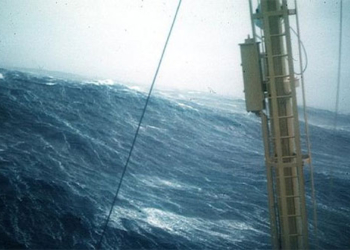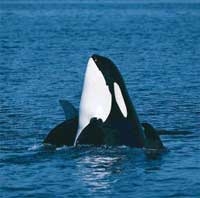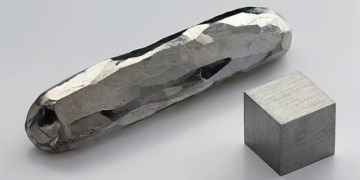Mother whales have been continuously spotted in the coastal waters of De Gi (Binh Dinh), where there is abundant food for training their young to swim and hunt until they are weaned and strong enough to return to the open sea.
Since the end of July, a pod of whales has been frequently seen swimming and hunting near the coast of De Gi, Cat Khanh commune, Phu Cat district (Binh Dinh).
Thousands of locals, tourists, photographers, and scientists from all over the country have rented boats to venture into the De Gi waters to admire and photograph the whales.
Tour guide Tommy Toan noted that the whales have been consistently appearing in the De Gi waters for several weeks. Initially, eight whales were swimming close to the shore in the waters of Hon Trau, Cat Khanh commune (Phu Cat district). Recently, only two have been spotted about 500 meters from the shore, even swimming close to the anchored boats of tourists.
Mr. Vu Long, a specialist from the Center for Biodiversity Conservation and Endangered Species (Ho Chi Minh City), shared that this species of whale is known as Bryde’s whale, scientifically named Balaenoptera edeni. This species has a brown-gray body with a slightly pink belly and two blowholes on the top of its head.
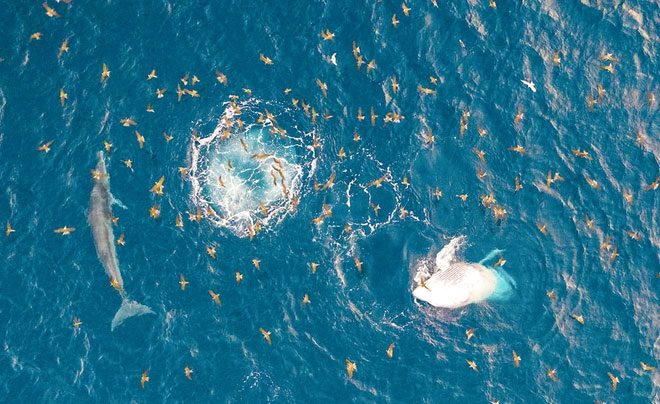
Mother whale training her young to swim and hunt in the waters of De Gi, Phu Cat district (Binh Dinh). (Photo: Thanh Trung).
After several days of research, Mr. Long concluded that the mother and calf have been present in the De Gi waters since July 26 and are still hunting for food there. The calf is about six months old and always swims close to its mother in the coastal waters. The mother whale is approximately 12 meters long, while the calf is about 6 meters long.
Explaining the frequent appearance of whales in the De Gi waters, Dr. Nguyen Tac An, Vice President of the Vietnam Marine Science and Technology Association, remarked, “this is a positive sign indicating that the marine environment here is clean, pristine, and has abundant food sources.”
According to him, the De Gi waters are the only place in Vietnam where healthy whales swim close to the shore to hunt for food for many days.
“Clearly, the marine environment here has many factors that suit the behavior of Bryde’s whales, such as: warm water currents, a clean marine environment, a rich marine ecosystem, and abundant food sources like small fish…”, the doctor analyzed.
Research by the Marine Life Vietnam organization shows that Bryde’s whales are most commonly found in tropical and subtropical waters with temperatures ranging from 16-22°C.
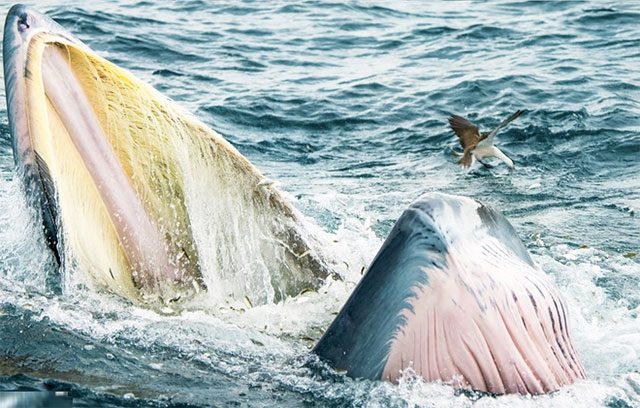
A moment of the calf jumping in the massive mouth of the mother whale creates a masterpiece of nature in the De Gi waters. (Photo: Khue Duong).
Experts warn that the presence of whales near the shore in Vietnam is very encouraging; however, if they feel unsafe or if food sources diminish, they will soon migrate to other waters to live. Bryde’s whale is listed on the IUCN Red List of species at risk that need protection.
Specialist Vu Long from the Center for Biodiversity Conservation and Endangered Species stated that adult Bryde’s whales measure between 11-15.5 meters in length and can weigh from 12-20 tons. Meanwhile, newborn whales are only 3-5 meters long and weigh about 1-2 tons. These whales primarily hunt for food, mainly consisting of small fish such as mackerel, anchovies, herring, and mollusks.
“Bryde’s whales have a nurturing behavior that lasts for six months, so mother whales often choose calm seas with abundant food sources to train their young to swim and hunt until weaned and strong enough to return to the open sea,” Mr. Long added.
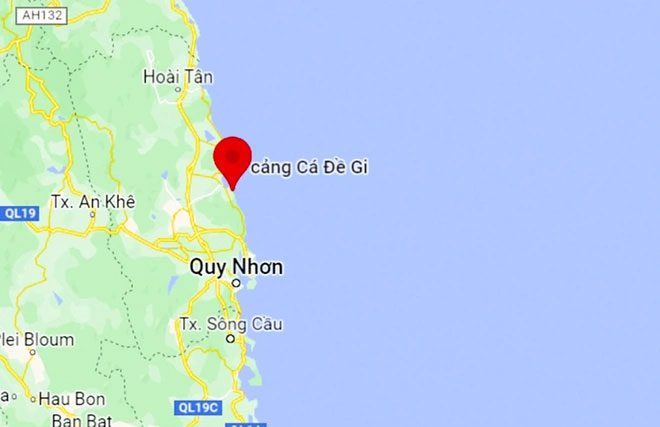
De Gi waters, Phu Cat district (Binh Dinh), where whales have been continuously appearing recently. (Photo: Google Maps).








































